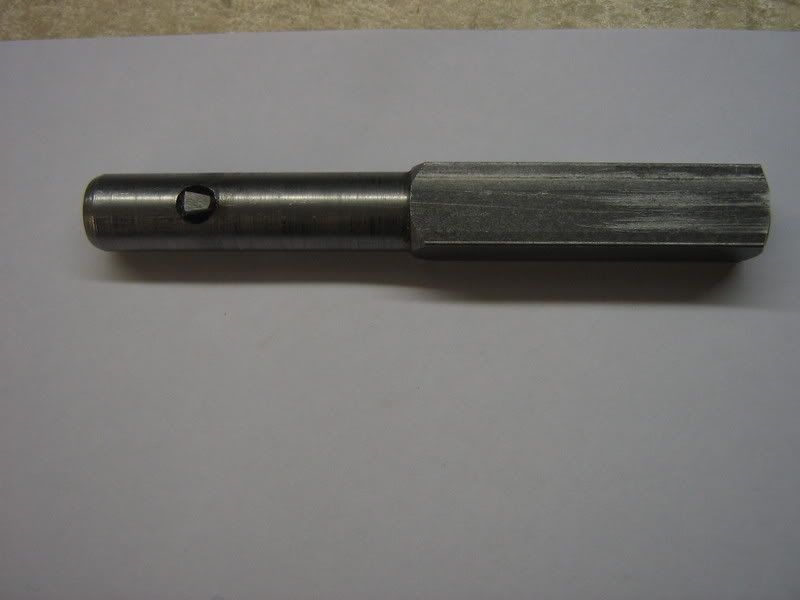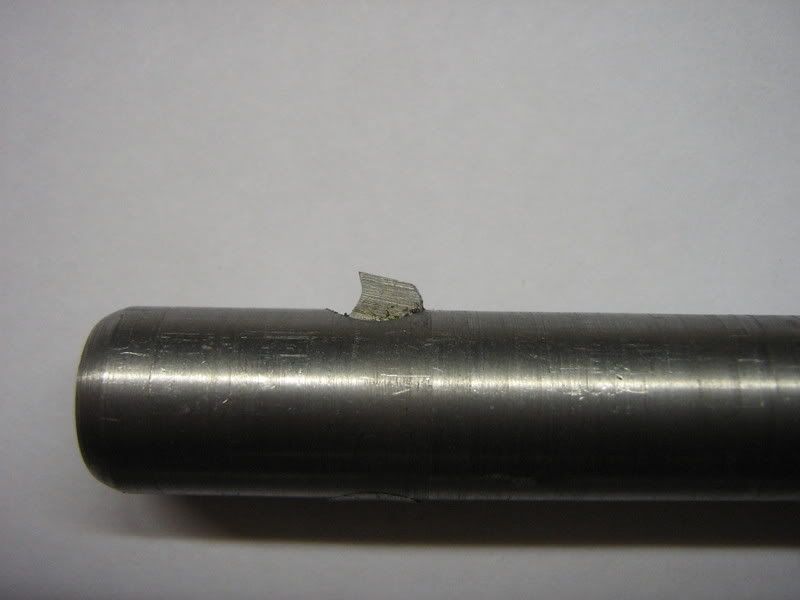I ,ve been running a 3 phase Jet JWBS-18 bandsaw off an inverter that has 1ph 240v input and 3ph 400v output, the inverter has suddenly gone dead and ive decided id rather fit a replacement single phase motor instead of going the invertor route again or trying to get it fixed.
I need help in the type of motor i need .Id rather find a cheaper motor than the direct Jet 1ph replacement which is around £200.Also the 1ph Jet motor is only 2hp as oppsed to 3hp 3ph.Do i have to fit a 1.5kw motor or can i fit a 2.2kw 1ph.Machine mart and other places sell motors around £100 which is half the price of what id been quoted.
Ive taken a pic of the 3 ph motor removed and the mounting plate.
The shaft is 65mm in length from the motor ,or 61mm with the mounting plate in place.The shaft is 19.00mm (having been reduced from around 20.00mm) .The keyway goes almost the full length of the shaft and is 6mm x 3mm(to fit a 6mmx 6mm key).The motor is secured to the bandsaw side by two bolts one at either end of the mounting plate(see pic).The motor fixes to the mounting plate by the four bolts which arent on a circumference of a circle,being approx.100mm and 80mm apart.
Any suggestions appreciated .Also im a bit confused by the motor terminology. 2pole/4pole etc? Capacitor start/capacitor run???The original motor has a speed of 1400.

Heres a pic from inside the bandsaw showing the 2 mounting holes ,the large hole cut out is 120mm diameter.

I need help in the type of motor i need .Id rather find a cheaper motor than the direct Jet 1ph replacement which is around £200.Also the 1ph Jet motor is only 2hp as oppsed to 3hp 3ph.Do i have to fit a 1.5kw motor or can i fit a 2.2kw 1ph.Machine mart and other places sell motors around £100 which is half the price of what id been quoted.
Ive taken a pic of the 3 ph motor removed and the mounting plate.
The shaft is 65mm in length from the motor ,or 61mm with the mounting plate in place.The shaft is 19.00mm (having been reduced from around 20.00mm) .The keyway goes almost the full length of the shaft and is 6mm x 3mm(to fit a 6mmx 6mm key).The motor is secured to the bandsaw side by two bolts one at either end of the mounting plate(see pic).The motor fixes to the mounting plate by the four bolts which arent on a circumference of a circle,being approx.100mm and 80mm apart.
Any suggestions appreciated .Also im a bit confused by the motor terminology. 2pole/4pole etc? Capacitor start/capacitor run???The original motor has a speed of 1400.

Heres a pic from inside the bandsaw showing the 2 mounting holes ,the large hole cut out is 120mm diameter.









